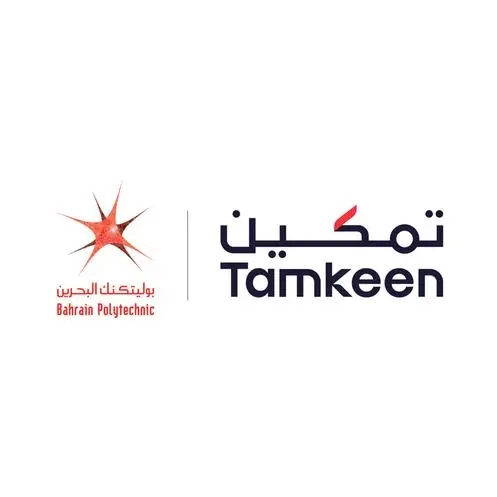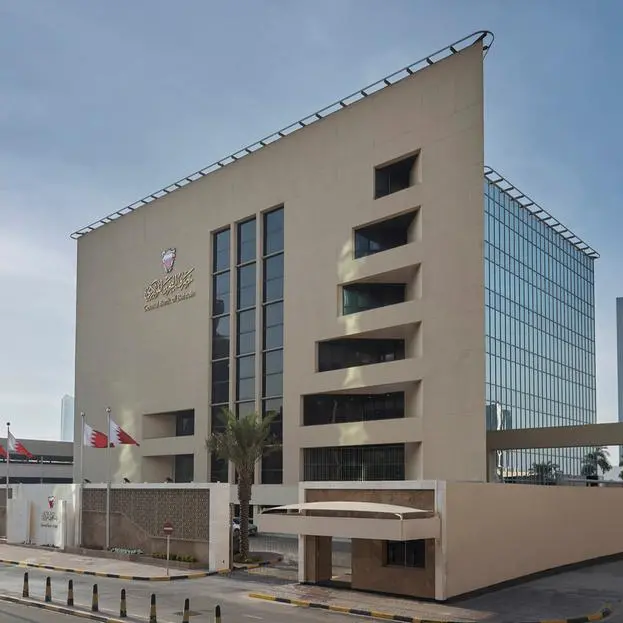Siemens South Africa (www.Siemens.com) and EE Business intelligence collaborate to host a virtual Grid Edge Symposium that will introduce the power of Grid Edge technologies; discover how Grid Edge solutions could revolutionize the South African energy landscape; Grid Edge technologies will play an instrumental role in decarbonizing the global energy system.
The global energy system is being transformed, becoming more decentralised, utilising more renewables and turning electricity consumers into prosumers (consumers and producers) of electricity; but this change creates challenges at the interface between the grid and consumers – the grid edge.
These developments are highlighting a change of perspective in the global energy landscape. In the past, companies have mainly focused on the grid – the regulated side of the medal; however, the rising need for sustainability as well as new technologies is shifting focus to the other side of the coin: to buildings, prosumers and consumers.
To explore grid edge technologies and solutions, Siemens South Africa, in collaboration with EE Business Intelligence, is hosting a Grid Edge Virtual Symposium on Thursday 14 October 2021 from 09h30 to 11h30 SAST (GMT+2).
The virtual symposium will be moderated by Chris Yelland, MD at EE Business Intelligence, and the opening keynote presentation will be made by Sabine Dall'Omo, CEO of Siemens Southern and Eastern Africa, and President of Siemens Smart Infrastructure.
“The interlinking of existing smart technologies for grids, buildings and industrial automation, is creating a new dimension in the sustainable energy landscape; this is what we at Siemens call the ‘grid edge’. The major building blocks for grid edge include decentralized energy solutions, renewable integration, grid-interactive buildings, energy storage and eMobility charging infrastructure, these are topics that have become fundamental to addressing South Africa’s energy crisis and transition” said Sabine Dall’Omo CEO of Siemens Southern and Eastern Africa.
Solutions at the grid edge could enable domestic, commercial, industrial, mining, agricultural and transportation entities to optimise their energy efficiency and consumption. They empower customers and prosumers to intelligently integrate renewables, and to take control of their energy supply.
Grid edge technologies also support infrastructure for eMobility expansion, where electric vehicles (EVs) may be connected to the grid as distributed energy storage entities. When connected at the grid edge, EVs may be charged from the grid as a consumer and generate electricity back into the grid as a producer when so required.
“As delays and gaps in public procurement processes for new generation capacity in South Africa in terms of the country’s Integrated Resource Plan for electricity IRP 2019 become clearer, grid edge technologies are beginning to take center stage. Customers are realising that they need to take control and responsibility for their own energy future, and become part of the solution”, said Chris Yelland, managing director at EE Business Intelligence.
By working at the grid edge, the relationships between consumption, production and storage are redefined. Digitalization and new business models are helping manage complex energy flows and the interplay between production and consumption –increase the energy system’s flexibility and reliability.
Grid edge solutions are therefore accelerating the transition towards a lower-carbon future and transforming today’s energy landscape to create a more caring environment.
Additional Information
Presenters at the Grid Edge Virtual Symposium include:
- Guenther Fleischer, Siemens Business Developer, and global expert for Smart Infrastructure.
- Deon Henriksen, Siemens Smart Infrastructure Vice President for Digital Grid and Distribution Systems.
- Marco Rahner, Siemens South Africa Smart Infrastructure Sales Director and technical portfolio expert.
- Christian Pohl, Siemens global Business Development Manager - Sustainability and Decarbonisation.
Topics that will be covered at the Grid Edge Virtual Symposium include:
- The role and future of Grid Edge in the South African market.
- Smart integration of renewable energy resources.
- Distributed energy solutions for local energy supply.
- Enabling Grid Edge technologies through Power Electronics.
- eMobility charging infrastructure.
- Smart Infrastructure for Industry and Independent Power Producers.
- Software Solutions at the Grid Edge.
Attendance at the at the Grid Edge Virtual Symposium is free-of-charge, register to attend online here (https://sie.ag/3FEj9AM).
Distributed by APO Group on behalf of Siemens South Africa.Contacts for journalists:
For further information on the virtual event:
Siemens
Althea Borman
Mobile +27 71 360 8873
E-mail: althea.borman@siemens.com
EE Business Intelligence
Chris Yelland
Mobile 082 317-4175
Email chris.yelland@ee.co.za
Follow us on Twitter https://bit.ly/3FDx6yI
About Siemens AG:
Siemens AG (Berlin and Munich) is a global technology powerhouse that has stood for engineering excellence, innovation, quality, reliability and internationality for more than 170 years. Active around the world, the company focuses on intelligent infrastructure for buildings and distributed energy systems and on automation and digitalization in the process and manufacturing industries. Siemens brings together the digital and physical worlds to benefit customers and society. Through Mobility, a leading supplier of intelligent mobility solutions for rail and road transport, Siemens is helping to shape the world market for passenger and freight services. Via its majority stake in the publicly listed company Siemens Healthineers, Siemens is also a world-leading supplier of medical technology and digital health services. In addition, Siemens holds a minority stake in Siemens Energy, a global leader in the transmission and generation of electrical power that has been listed on the stock exchange since September 28, 2020.
In fiscal 2020, which ended on September 30, 2020, the Siemens Group generated revenue of €57.1 billion and net income of €4.2 billion. As of September 30, 2020, the company had around 293,000 employees worldwide. Further information is available on the Internet at www.Siemens.com.
This document contains statements related to our future business and financial performance and future events or developments involving Siemens that may constitute forward-looking statements. These statements may be identified by words such as “expect,” “look forward to,” “anticipate,” “intend,” “plan,” “believe,” “seek,” “estimate,” “will,” “project” or words of similar meaning. We may also make forward-looking statements in other reports, in prospectuses, in presentations, in material delivered to shareholders and in press releases. In addition, our representatives may from time to time make oral forward-looking statements. Such statements are based on the current expectations and certain assumptions of Siemens’ management, of which many are beyond Siemens’ control. These are subject to a number of risks, uncertainties and factors, including, but not limited to, those described in disclosures, in particular in the chapter Report on expected developments and associated material opportunities and risks of the Annual Report, and in the Half-year Financial Report, which should be read in conjunction with the Annual Report. Should one or more of these risks or uncertainties materialize, events of force majeure, such as pandemics, occur or should underlying expectations including future events occur at a later date or not at all or assumptions prove incorrect, actual results, performance or achievements of Siemens may (negatively or positively) vary materially from those described explicitly or implicitly in the relevant forward-looking statement. Siemens neither intends, nor assumes any obligation, to update or revise these forward-looking statements in light of developments which differ from those anticipated.
This document includes – in the applicable financial reporting framework not clearly defined – supplemental financial measures that are or may be alternative performance measures (non-GAAP-measures). These supplemental financial measures should not be viewed in isolation or as alternatives to measures of Siemens’ net assets and financial positions or results of operations as presented in accordance with the applicable financial reporting framework in its Consolidated Financial Statements. Other companies that report or describe similarly titled alternative performance measures may calculate them differently.
Due to rounding, numbers presented throughout this and other documents may not add up precisely to the totals provided and percentages may not precisely reflect the absolute figures.
All information is preliminary.
© Press Release 2021
Disclaimer: The contents of this press release was provided from an external third party provider. This website is not responsible for, and does not control, such external content. This content is provided on an “as is” and “as available” basis and has not been edited in any way. Neither this website nor our affiliates guarantee the accuracy of or endorse the views or opinions expressed in this press release.
The press release is provided for informational purposes only. The content does not provide tax, legal or investment advice or opinion regarding the suitability, value or profitability of any particular security, portfolio or investment strategy. Neither this website nor our affiliates shall be liable for any errors or inaccuracies in the content, or for any actions taken by you in reliance thereon. You expressly agree that your use of the information within this article is at your sole risk.
To the fullest extent permitted by applicable law, this website, its parent company, its subsidiaries, its affiliates and the respective shareholders, directors, officers, employees, agents, advertisers, content providers and licensors will not be liable (jointly or severally) to you for any direct, indirect, consequential, special, incidental, punitive or exemplary damages, including without limitation, lost profits, lost savings and lost revenues, whether in negligence, tort, contract or any other theory of liability, even if the parties have been advised of the possibility or could have foreseen any such damages.










